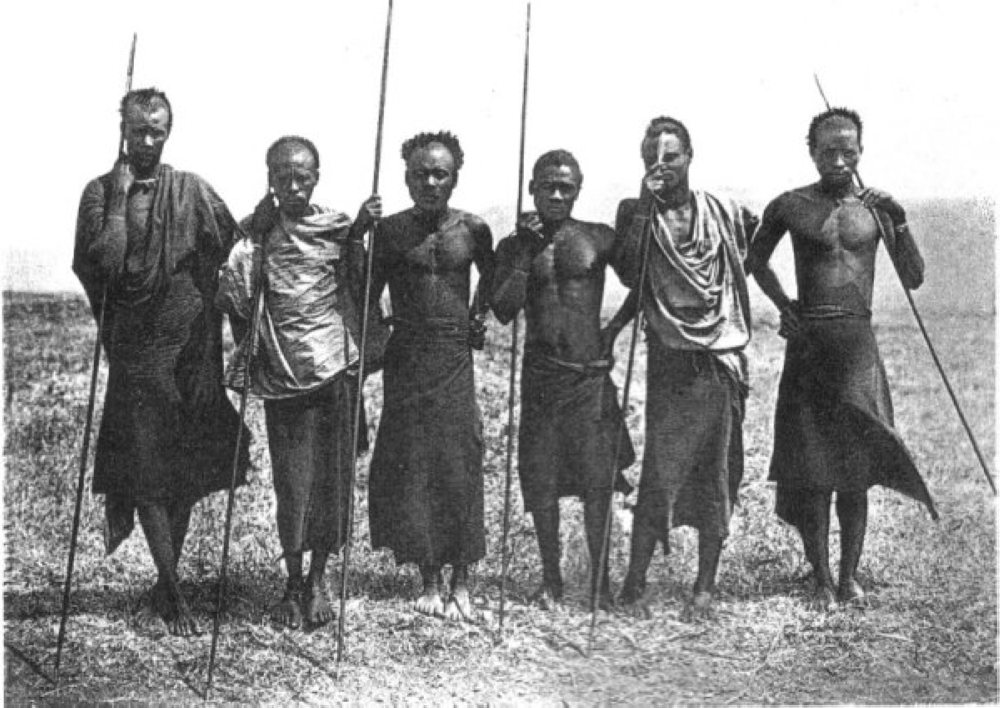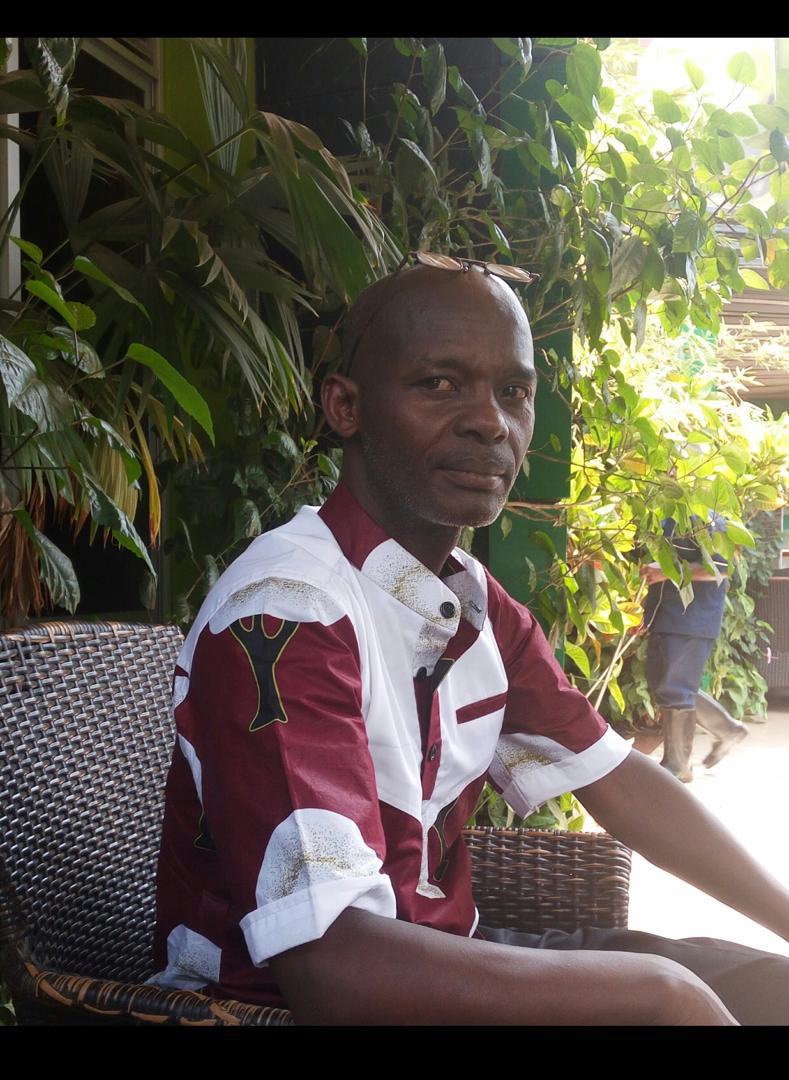

Captain John Hanning Speke, an English explorer, was among the first Europeans to visit the Kingdom of Rwanda. To his astonishment, he found a highly structured, orderly, and peaceful kingdom, an organisation he did not believe could be African.
Struggling to comprehend how such a well-organised kingdom could exist in the heart of Africa, Speke theorized that people must have come from elsewhere to create it. This led Europeans to fabricate a narrative about strangers who descended from heaven or traveled from Ethiopia to establish the Kingdom of Rwanda.
These newcomers were said to have encountered an indigenous group, ultimately seizing their land through cunning ways.
To solidify this notion, European scholars embarked on a project to produce so-called scientific writings, enlisting anthropologists to trace the origins of these organised Rwandans.
The story of Kigwa and his companions, the Ibimanuka, who were said to have "descended from the sky," and the tale of Abasangwabutaka and their King Kabeja became convenient tools for advancing this narrative.
The primary goal of colonial anthropologists and historians was to collect oral history, particularly related to origins, and then reinterpret their findings to craft a new narrative that would benefit colonial rulers. To fracture a united nation, distorted histories were essential for the colonial authorities, aiming to undermine Rwanda's unique unity.
Rwandans considered themselves siblings until colonial scholars concocted the myth of the Ibimanuka, who supposedly brought various aspects of "civilization" to the land's original inhabitants, the Abasangwabutaka. This fabricated narrative divided brothers into two groups: the Ibimanuka and the Abasangwabutaka.
For instance, the clans of Abega and Abasinga share a common ancestor, Gahutu. Yet, the myth asserts that the Abega are Ibimanuka, while the Abasinga are Abasangwabutaka.
Similarly, both the Batsobe and the Bazigaba are descendants of Gihanga, the founding father. However, the myth falsely claims that the Batsobe are Ibimanuka, while the Bazigaba are Abasangwabutaka.
From this divisive myth, colonial writings introduced themes to cement their ideology, such as superiority versus inferiority, settlers versus natives, and the notion of Hamitic pastoralists from heaven subjugating the land's original Bantu owners.
To support this narrative, scholars had to fabricate a story from existing Rwandan oral history. The most significant oral tradition about Rwandan origins, "Igitekerezo cy’Ibirari, Umwamo w’Abanyarwanda" (The Story of the Beginning of Your Journey, Your Ancient Roots), was manipulated for this purpose.
The story of Sabizeze bya Sabiyogera, who, as discussed in a previous article, came from Ubuha bwa Ruguru, was used to explain the existence of both the Ibimanuka and Abasangwabutaka. He was depicted as a heavenly settler who met Kabeja, the supposed native.
The colonial narrative claims that when Kigwa descended from heaven, he encountered people in Mubari who were initially afraid of the newcomers. However, the newcomers reassured them, saying, "Don’t be afraid. We are humans.
We come from heaven. We are peaceful visitors, and we want to live with you as good neighbors. We hope you will be hospitable to us."
The King of Mubari welcomed the visitors, urging his people to extend hospitality to them. The locals called them Ibimanuka (descendants), and Sabizeze was named "Kigwa" (Fallen). The newcomers referred to the locals as Abasangwabutaka (Found on the Land), but the actual name of the people of Mubari was Abazigaba.
The Ibimanuka supposedly lived with Kabeja and his people for a long time, teaching them many things, including the various uses of fire they had brought from heaven, which fascinated the locals. Over time, more people gathered around the Ibimanuka, becoming their pupils.
This well-crafted story of good visitors and good hosts was designed to distort the true history.
However, Sabizeze and his companions did not come from heaven, nor did they meet Kabeja in Mubari. There was no Kabeja at the time of Sabizeze's arrival. Kabeja, the supposed King of Abasangwabutaka, was actually a descendant of those the colonial narrative called Ibimanuka. Kabeja, who was said to be an Umuzigaba, could not have been a Umuzigaba because he existed before the Bazigaba.
Oral history tells us that Kabeja was the father of Nyirarukangaga, the wife of Kazi. Nyirarukangaga saved her son, Gihanga, after Kazi died in Mazinga, and took him to Kabeja’s home, where Gihanga grew up.
The genealogy of Kabeja, which was obscured by colonial writers to maintain their falsified history, is clear. Oral history reveals that Kabeja was a contemporary of Kazi, the father of Gihanga. Gihanga’s wife, Nyamususa, was the daughter of Jeni, of Rurenge of Kabeja, making Gihanga married to Kabeja’s granddaughter.
The genealogy of Nyamususa, the wife of Gihanga, is as follows:
Nyamususa was the daughter of Jeni
Jeni of Rurenge
Rurenge of Kabeja
Kabeja of Gasinga
Gasinga of Gahutu
Gahutu of Serwega
Serwega of Mututsi
Mututsi of Sabiyogera
Gihanga's genealogy tells us that Gihanga was the son of Kazi, who descended from Sabizeze, son of Sabiyogera.
How, then, could Kabeja have lived in Mubari before Sabizeze's arrival, and how could he have been a Umuzigaba when he was actually an Umusinga? Kabeja’s genealogy clearly shows that he and Sabizeze were both descendants of Sabiyogera, contradicting the colonial narrative.
The second fabrication was to claim that Kabeja was a Umuzigaba when oral history clearly states he was an Umusinga. This is impossible because Kabeja existed before the Bazigaba.
Oral history recounts that Gihanga, the Founding Father, had a daughter named Nyirarucyaba. After a quarrel between her mother, Nyamususa, and Nyirampirangwe, another of Gihanga's wives, Nyirarucyaba accidentally killed Nyirampirangwe while defending her mother. Fearing her father’s wrath, Nyirarucyaba fled to the Kabuye forest, where she met and married a man named Gahu.
When Gihanga fell ill, Nyirarucyaba brought milk to help him recover. After his recovery, Gihanga invited her to bring her husband and his cattle to Nyamirembe. Pleased with Gahu's generosity, Gihanga renamed him Kazigaba, meaning "the one who gives cows." Gihanga also honored Nyirarucyaba by allowing her descendants to be called Abacyaba.
However, some of Nyirarucyaba and Gahu’s children preferred to be named after their father and became known as Abazigaba, marking the birth of the Bazigaba.
How, then, could Kabeja have been an Umuzigaba when he was the father of Rurenge, the father of Jeni, who was the father of Nyamususa, the mother of Nyirarucyaba, and the maternal grandmother of the Abazigaba? Oral history and elder testimony confirm that Kabeja was an Umusinga, not an Umuzigaba, as colonial writers falsely claimed.
It is clear that the myth of Ibimanuka versus Abasangwabutaka was not rooted in Rwandan oral history but was deliberately crafted by colonial scholars to serve their divide-and-rule strategy.
After this myth was well-crafted and published by renowned colonial publicists, it was endorsed by the church and propagated throughout Rwanda. Within just a few decades, Rwanda was falsely divided into two hostile groups: the settlers (Tutsis) and the natives (Hutus).
Fortunately, their efforts failed, as some African traditions persist and are determined to dismantle the deceptive narratives left behind by Western scholars.
"Igitekerezo cy’Ibirari Umwamo w’Abanyarwanda" is among these resilient African traditions, and today it can help us dispel the myth of Ibimanuka versus Abasangwabutaka left behind by Western scholars.
In our next issue, we will explore the story of Nyabyinshi, known to many as Nyabingi, the daughter of Rwandan King Ruganzu II Ndoli, whose true history has been obscured by numerous falsehoods.
Until then, stay blessed.


